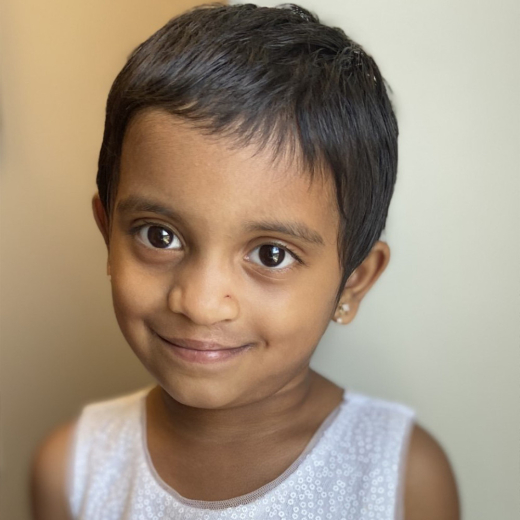
Orofacial clefts, including cleft lips and cleft palates, are among the most common birth abnormalities in the United States. The former occurs when a baby’s lip does not fully form during pregnancy, and the latter occurs when the roof of the mouth does not fully form either. When left untreated, both conditions can lead to long-term complications, including speech development and breastfeeding issues. Thankfully, surgical intervention represents a safe, routine, and effective solution.
Parents will naturally have questions about what this surgery entails and how to make the right decisions regarding their child’s care. But what is the ideal age to perform orofacial cleft surgery?
Cleft Lip and Cleft Palate Surgery Timelines
Your surgeon will recommend a timeline for your baby to have their orofacial cleft repaired, which may vary slightly from one child to the next.
Generally speaking, cleft lip repair happens at around the three-month mark. If there is some medical reason why a baby cannot have cleft lip repair at this age, the surgeon will schedule your child for the earliest possible time, certainly within the first year of their life.
Cleft palate repair usually happens at some point between 3-6 months of age. Occasionally there are other medical reasons why this timeline changes and your surgeon will work with you on the plan during the first year of life. Cleft palate repair happens between 12-18 months of age but it depends on child specific factors. Most surgeons recommend having this procedure done during the first 1 to 1.5 year for proper speech and language development.
Correcting Cleft Lips and Cleft Palates
Repairing orofacial clefts is done for more than just aesthetic value. Cleft surgery can also help your child eat and grow normally, reducing the risk of ear infections and other complications. To learn more about the benefits of a surgical intervention at just the right time, visit Carolinas Center’s Cleft Center.
Back




